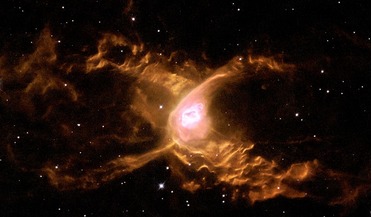 March 2017
Planetary nebulae may hold clue in search of helium-3
March 2017
Planetary nebulae may hold clue in search of helium-3
... 3242, NGC 6543, NGC 6720, NGC 7009, NGC 7662, and IC 289), using Effelsberg, Arecibo and Green Bank Telescope has yielded results that show the abundance of 3He (with respect to hydrogen) as being a few x 10-4. Not all...
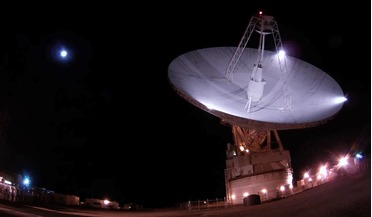 10 March 2017
New interplanetary radar technique spots "lost" lunar spacecraft
10 March 2017
New interplanetary radar technique spots "lost" lunar spacecraft
... and receiving them back at the 100 meter Green Bank Telescope in West Virginia after the radar echo has bounced.... Coupled with the large radar antennas at Goldstone and Green Bank, by working together to rediscover Chandrayaan-1 and hunt down...
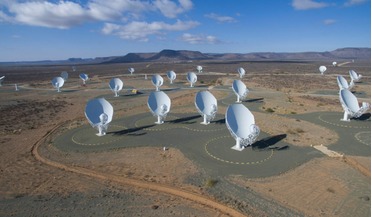 15 October 2018
SETI partners with MeerKAT to search for alien life
15 October 2018
SETI partners with MeerKAT to search for alien life
... intelligent life elsewhere in the Universe. At present, Breakthrough Listen primarily uses two telescopes to search for extraterrestrial life; the Green Bank Telescope in West Virginia, USA, and the Parkes Observatory in New South Wales, Australia...
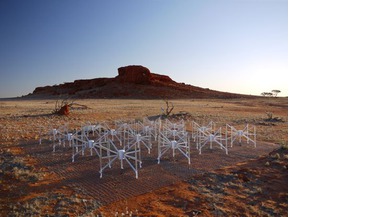 01 August 2016
SETI has new eyes on the skies
01 August 2016
SETI has new eyes on the skies
... tell-tale signs of an advanced civilisation. SETI experiments using radio telescopes first started in 1960 when Cornell University astronomer Frank Drake used the Green Bank telescope in West Virginia to examine two nearby stars. Since then a number...
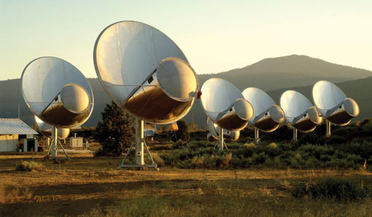 14 September 2018
AI helps find new pulses from mysterious FRB source
14 September 2018
AI helps find new pulses from mysterious FRB source
... one is known to send out repeated signals; FRB 121102. During a period of observation last year with the Green Bank Telescope (GBT) in West Virginia, astronomers detected 21 emitted bursts from FRB 121102 alone in the space of an hour. Bursts...
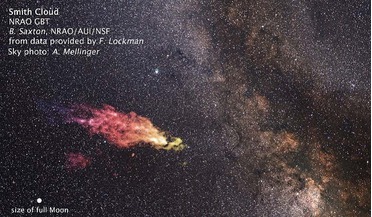 01 February 2016
Enormous gas cloud on a collision course with the Milky Way
01 February 2016
Enormous gas cloud on a collision course with the Milky Way
...time," explained team leader Andrew Fox of the Space Telescope Science Institute in Baltimore, Maryland. "It's telling us that...'s sulphur measurements to hydrogen measurements made by the Green Bank Telescope (GBT) and found that the Smith Cloud is...